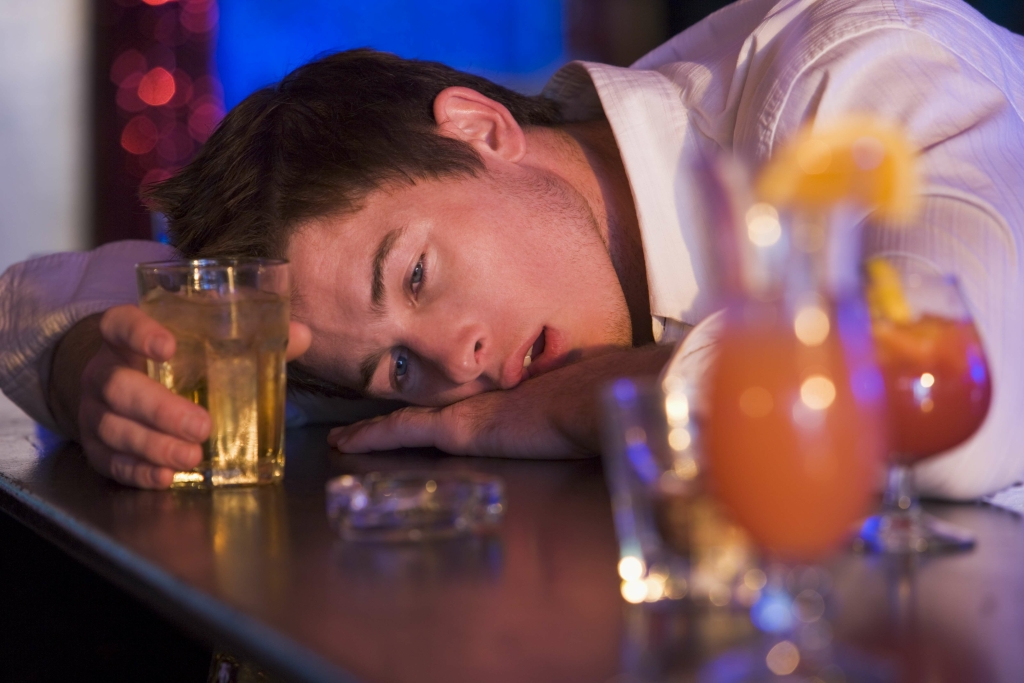Taking certain additional psychoactive drugs may reduce or end the effects of hallucinogens by counteracting their effects on the brain. More research is necessary to understand the potential risks and benefits. A 2020 analysis suggests that higher doses of psilocybin may increase the risk of negative experiences. However, users may develop psychological dependence, Hallucinogen Persisting Perception Disorder, or hallucinogen use disorder. Compared to opioid or alcohol addiction, hallucinogen use disorders are rare, affecting less than 1% of users, according to NIDA’s 2023 data.
These tools are also used to assess the effects of novel interventions, such as psychedelics, on addiction biomarkers and their relationship with clinical and behavioral outcomes. At Recovery Guide, our mission is to connect as many individuals struggling with mental health and substance abuse disorders to marijuana addiction reputable treatment facilities. Find a list of hallucinogenic drugs, a list of drug schedules for hallucinogenic drugs, and information on each common hallucinogen. Knowing which drugs are considered hallucinogens and their the side effects can help individuals seek the treatment they need for hallucinogen abuse. While hallucinogenic mushrooms aren’t considered addictive, users may need treatment for adverse responses to the drug.

We recommend reaching out to a healthcare professional for more personalized advice. LSD is a powerful psychedelic drug that can significantly impact your physical and mental well-being, especially with continued use. As a result, you might take larger and larger doses, which can be dangerous and increase the chance of a “bad trip.” Psilocybin is a hallucinogenic substance found in various mushroom species. This particular mushroom is said to provide intensified introspection and trigger mystical experiences.
In the smoking study, a third of participants experienced some fear or anxiety at a high dose of the psilocybin, Johnson says. But he adds that the risks can be minimized by carefully selecting participants and administering the drug in a controlled environment. There is always the risk of a bad reaction to psychedelics and rare but possible harm, but this risk is very low in the context of psychedelic-assisted therapy clinical trials due to the controlled nature of these trials. Several states have now legalized the use of certain psychedelics in therapeutic settings, so it may be possible to receive this type of care, but people with certain mental health conditions might be more at risk for adverse reactions. Ibogaine is a psychoactive alkaloid derived from the roots of a plant native to Gabon and central Africa called Tabernanthe iboga. Ibogaine binds to numerous neuroreceptors (28) though its primary mechanism of action is not mediated through the 5-HT2AR but through interaction with multiple neuroreceptor systems.
Psychedelics have come a long way since the first wave of experimentation and research. However, their potential range of psychological and psychiatric, as well as physiological risks remains to be fully understood. Table 1 provides an overview of key potential adverse effects of psychedelics, focusing on those which still loom large in public perceptions. We explore the evidence base for these adverse effects to elucidate which of these are merely based on anecdotes versus those that stand up to close scrutiny with current scientific methods. Assessing the risks of psychedelic use is challenging, as there are many different substances, applications, environments and population groups in this rapidly developing field.
Ultimately, the field is still evolving—more rigorous clinical research is required to establish the long-term effects of these treatments. We need to wait before we can conclude psychedelics as mainstream treatments for mental health conditions. However, it’s important to differentiate classic psychedelics from dissociative and hallucinogenic substances that are often colloquially https://www.sevy.edu.ec/stages-of-alcoholism-signs-symptoms-treatment/ referred to as psychedelics. For instance, ketamine can have addictive potential, and frequent use may lead to tolerance and dependence.
Schmid et al. (2015) found that LSD induced a small but significant increase in BP, heart rate and body temperature in a sample of 16 healthy volunteers with normal values restored at 24 h post-dosing. Other studies reported similar results for LSD (Dolder et al., 2016; Gasser et al., 2014; Holze et al., 2020, 2021), psilocybin (Carbonaro et al., 2018), ayahuasca (Dos Santos et al., 2012) and DMT (Strassman et al., 1996). Combined results from Riba and Barbanoj’s (2005) double-blind pilot study and clinical trial with ayahuasca found that 6 out of the 24 volunteers in their study met the diagnostic criteria for hypertension during drug administration and one volunteer had tachycardia. However, no medical assistance was required, and participants’ symptoms subsided. Adverse patient outcomes were often the result of unethical scientific methods, including restraining patients during the experience and administering high doses of LSD to unprepared, restrained patients (e.g. Smart et al., 1966). With present safety protocols for psychedelic research, such occurrences are significantly less likely, although individual cases of serious adverse effects can and do occur.
Without this reset microdosing practitioners would need to take increasingly high doses of a psychedelic like psilocybin to achieve the same results. In summary, although there have been isolated case reports of abuse (e.g. Modak et al., 2019), the characterisation of psychedelics as addictive is based on misinformation and misunderstanding. In fact, today these compounds are more often discussed in terms of their anti-addictive properties (e.g. Bogenschutz et al., 2015; Johnson et al., 2017).
It had also terrified the Reagan administration, which was in the midst of its historic War on Drugs. In the West, he notes, “outside their original indigenous contexts, psychedelics have been more of a boutique-market phenomenon. New psychedelics and new means of promoting them could change the equation, are psychedelics addictive but for now, my money is on Musto’s prediction over Musk’s.” After the U.S. opium crisis of the late 19th century, cocaine use increased, especially with its inclusion in patent medicines and beverages like the original version of Coca-Cola. (Cocaine hasn’t been present in Coke products for 100-plus years.) Following the heroin epidemic of the late 1960s and early 1970s, cocaine use spiked, peaking in the 1980s as crack cocaine became prevalent.